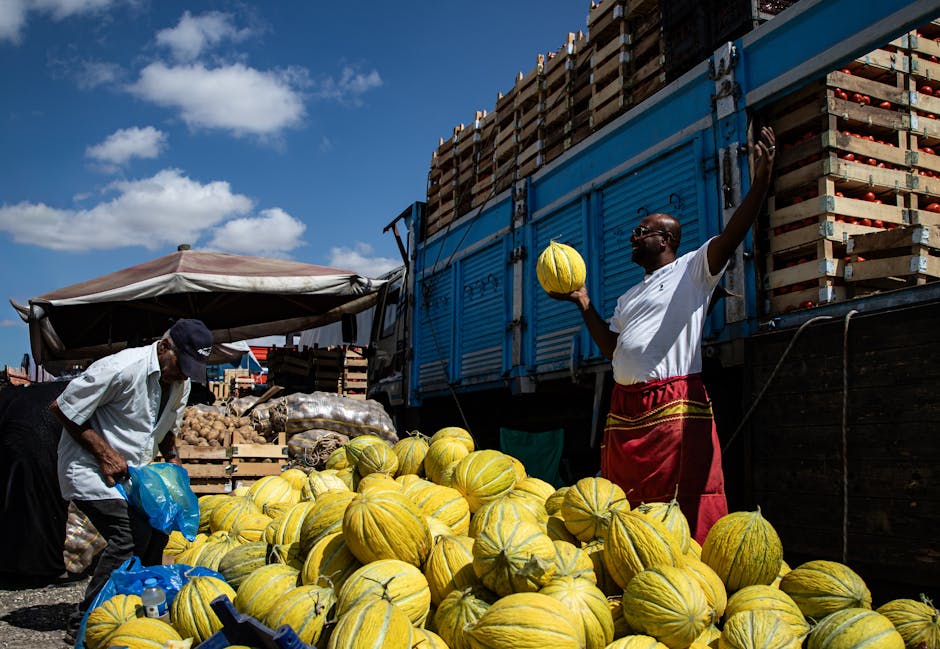The fragile silence that held over Gaza for a week has been shattered, replaced by the familiar and dreaded cacophony of conflict. Just after the 7 AM local deadline passed on Friday, the temporary truce between Israel and Hamas collapsed, thrusting the region back into a state of active warfare. As explosions once again rocked the Gaza Strip and rocket sirens blared in southern Israel, a bitter war of words erupted, with each side pinning the blame for the breakdown squarely on the other.
Why Did the Truce Collapse? Israel’s Position
The resumption of hostilities was swift. The Israeli Defense Forces (IDF) announced it had recommenced combat operations, stating that Hamas had violated the terms of the operational pause. In a statement, the IDF claimed Hamas had fired rockets towards Israeli territory before the truce officially expired and had failed to produce a viable list of hostages for release on what would have been the eighth day of the exchange.
“Hamas violated the operational pause, and in addition, fired toward Israeli territory,” the Israeli Prime Minister’s Office declared. “With the resumption of fighting, we emphasize that the Government of Israel is committed to achieving the goals of the war: to release our hostages, to eliminate Hamas, and to ensure that Gaza will never again be a threat to the residents of Israel.”
Hamas Blames Israel for Breakdown
Conversely, Hamas and sources close to the mediating parties presented a starkly different narrative. The Health Ministry in Hamas-run Gaza reported dozens of Palestinians killed in renewed Israeli airstrikes within hours of the truce’s collapse. Hamas’s armed wing, the al-Qassam Brigades, confirmed it had targeted Israeli towns with rocket barrages.
Hamas laid the blame for the breakdown on Israel’s refusal to accept further hostage and prisoner swaps under the previously agreed-upon framework. The group claimed to have offered to release elderly hostages and return the bodies of others, but alleged that Israel had “pre-decided” to resume its “criminal aggression.”
Mediation Efforts Complicated by Renewed Hostilities
Caught in the crossfire of accusations are the international mediators—primarily Qatar, Egypt, and the United States—who worked tirelessly to broker the initial deal and its subsequent extensions. Qatar’s Ministry of Foreign Affairs expressed its “deep regret” at the return to fighting, stating that negotiations were still ongoing to restore the pause. “The continued bombing of the Gaza Strip in the first hours after the end of the pause complicates mediation efforts and exacerbates the humanitarian catastrophe,” the ministry warned.
Humanitarian Crisis Deepens as Aid Window Shuts
For the 2.3 million residents of Gaza, the end of the truce is a waking nightmare. The week-long pause had offered a desperately needed respite, allowing a surge in humanitarian aid—food, water, fuel, and medical supplies—to enter the besieged territory. It gave civilians a chance to search for missing loved ones, bury their dead, and access basic necessities. That window of relief has now slammed shut.
Equally, for the families of the more than 130 hostages still held by Hamas in Gaza, the collapse of the truce is a devastating blow. The daily releases had provided a powerful, emotional flicker of hope that their relatives might soon be freed. Now, they are once again plunged into uncertainty and fear as military operations take precedence over delicate negotiations.
After nine days—seven of the official truce and two extensions—the pause that brought a semblance of peace has collapsed under the weight of immense mistrust and fundamentally divergent objectives. The path back to silence, let alone a lasting peace, now looks steeper and more treacherous than ever. For the people of Gaza and Israel, the clock has tragically been reset.




